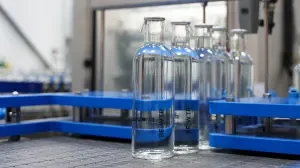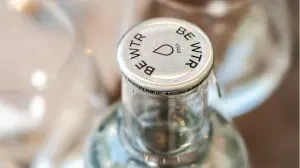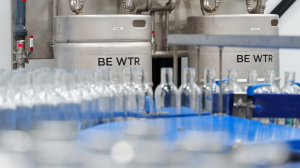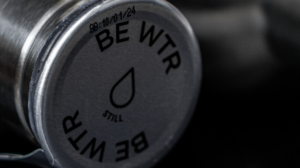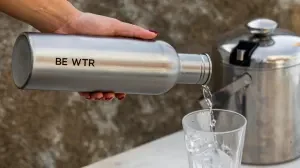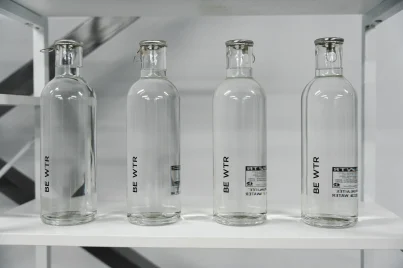#WATERQUALITY
How come carbon is good for your drinking water?
12 November 2024, 15:14 GMT
By BE WTR
Did you know that both the ancient Egyptians and Christopher Columbus used Carbon to keep water fresh? Our water expert Theo Denisart explains why water and carbon go so well together.
Activated carbon plays a significant role in water treatment, widely recognized for its ability to remove a variety of impurities. At BE WTR, we utilize this powerful material in all our undercounter systems and bottling plants to provide clean, high-quality drinking water. Here, we’ll delve into what activated carbon is and how it functions.
What is activated carbon?
Activated carbon is a form of carbon that has been treated to become exceptionally porous, resulting in a material with a vast internal surface area. This structure creates extensive networks of microscopic pores that can capture and hold various contaminants. Here an illustration of the porous structure of activated carbon when observed through a microscope.
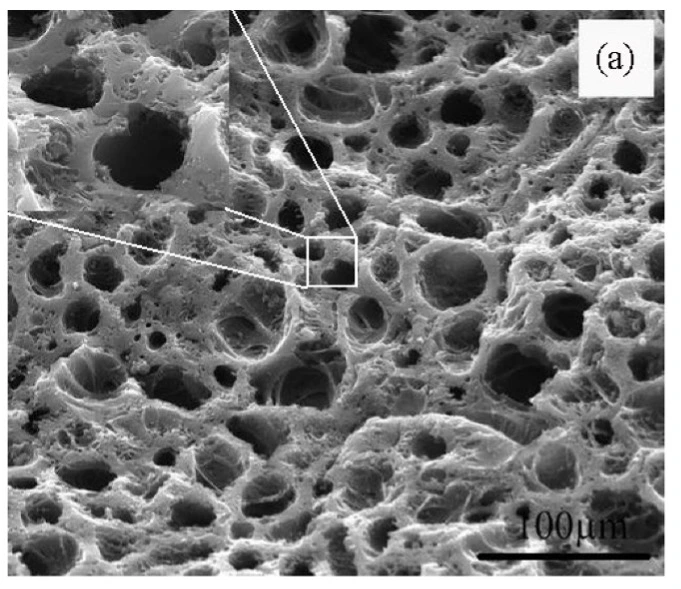
Activated carbon’s effectiveness stems from both the size of these pores and the overall surface area they collectively create. To illustrate, a single gram of activated carbon can have an internal surface area of approximately 1,000 square meters, comparable to the size of a small soccer field.
The carbon used in this process typically originates from organic sources, such as coal, coconut shells, and wood, which undergo activation through exposure to high temperatures and steam. This process enhances the material’s porous structure, maximizing its surface area and creating a network capable of adsorbing a range of impurities.
Here we see charcoal before activation (Left) and after activation (Right) gaining its large porosity.
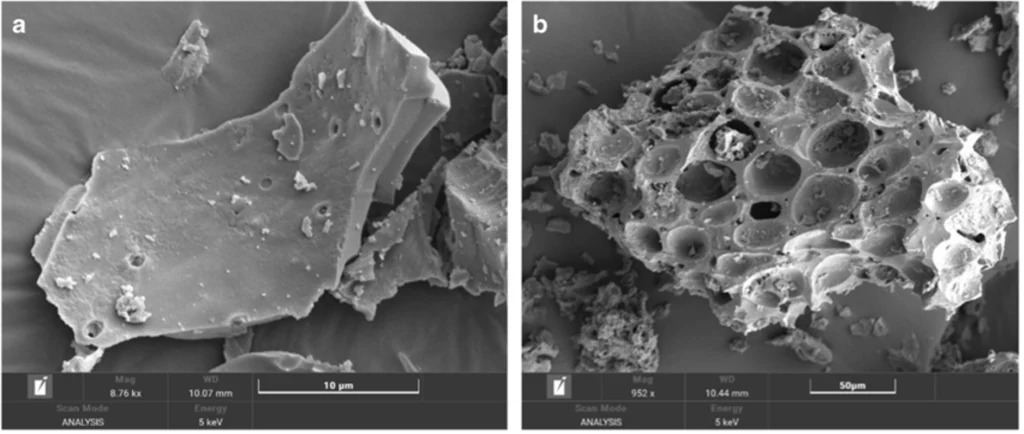
Ancient Egyptians and Columbus can’t be wrong
The use of activated carbon dates back thousands of years! Ancient Egyptians are believed to have used charcoal—a precursor to modern activated carbon—as early as 1500 BCE to purify water and treat wounds. Interestingly, during his voyages, Christopher Columbus and his crew stored drinking water in barrels that had been charred on the inside. They noticed that the water stayed fresher for longer, thanks to the activated carbon formed from the charring process, which helped remove impurities and reduce bacteria. This early use of activated carbon highlights the long-standing history of this material in preserving water quality.
How does activated carbon work in water filtration?
Activated carbon purifies water through a process known as adsorption. In adsorption, contaminants are drawn to and held on the surface of the carbon. This allows the activated carbon to target a range of substances at a molecular level. When water passes over the porous surface of activated carbon, contaminants, including chlorine, volatile organic compounds (VOCs), and certain chemicals, bind to the carbon’s surface. This process helps to improve water taste, odor, and overall purity, making activated carbon an effective choice for both everyday water use and large-scale treatment.
Now you know why BE WTR uses active carbon in our filtration. Perfect knowledge both for your health, and for sharing with your friends at the next dinner.
Learn more about BE WTR
The first sustainable premium water.



